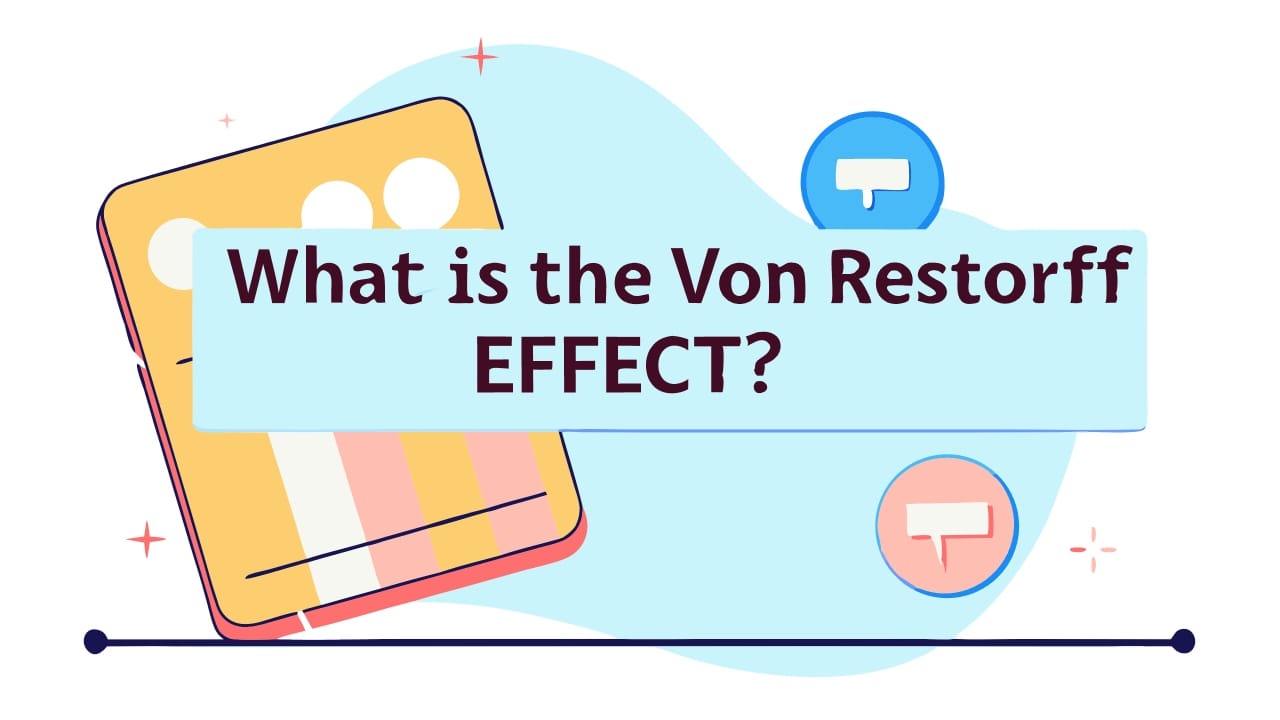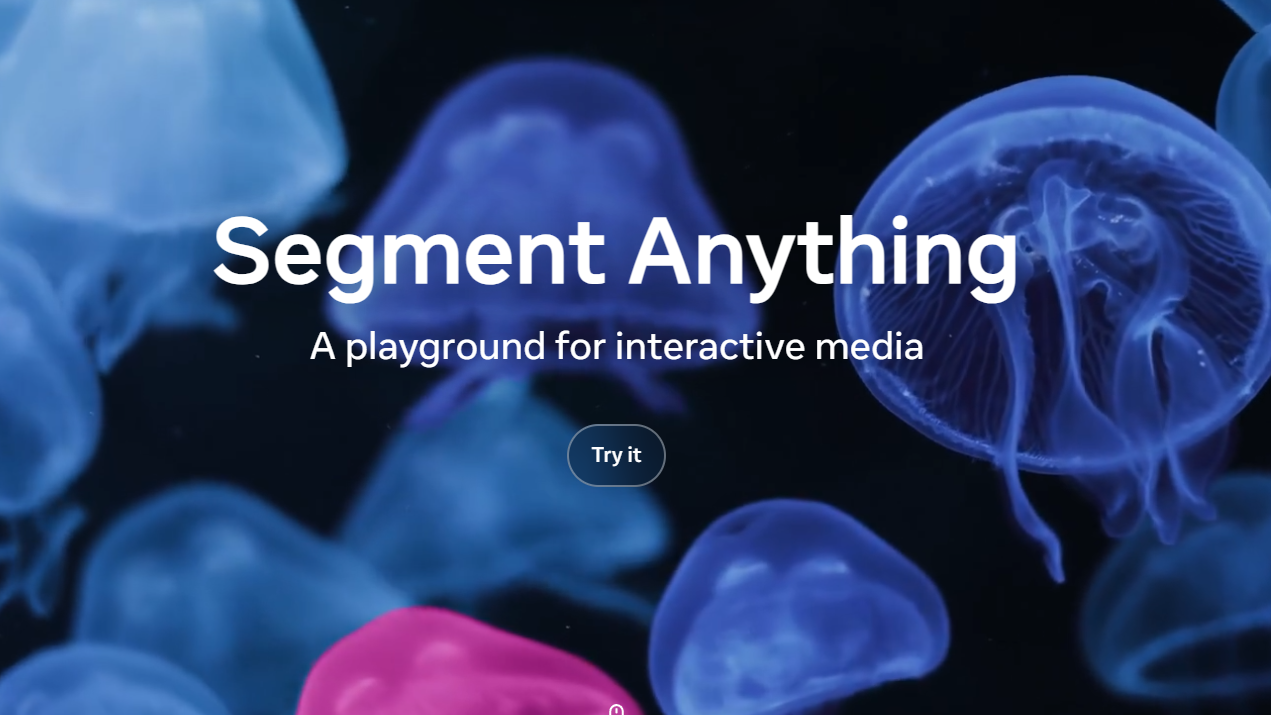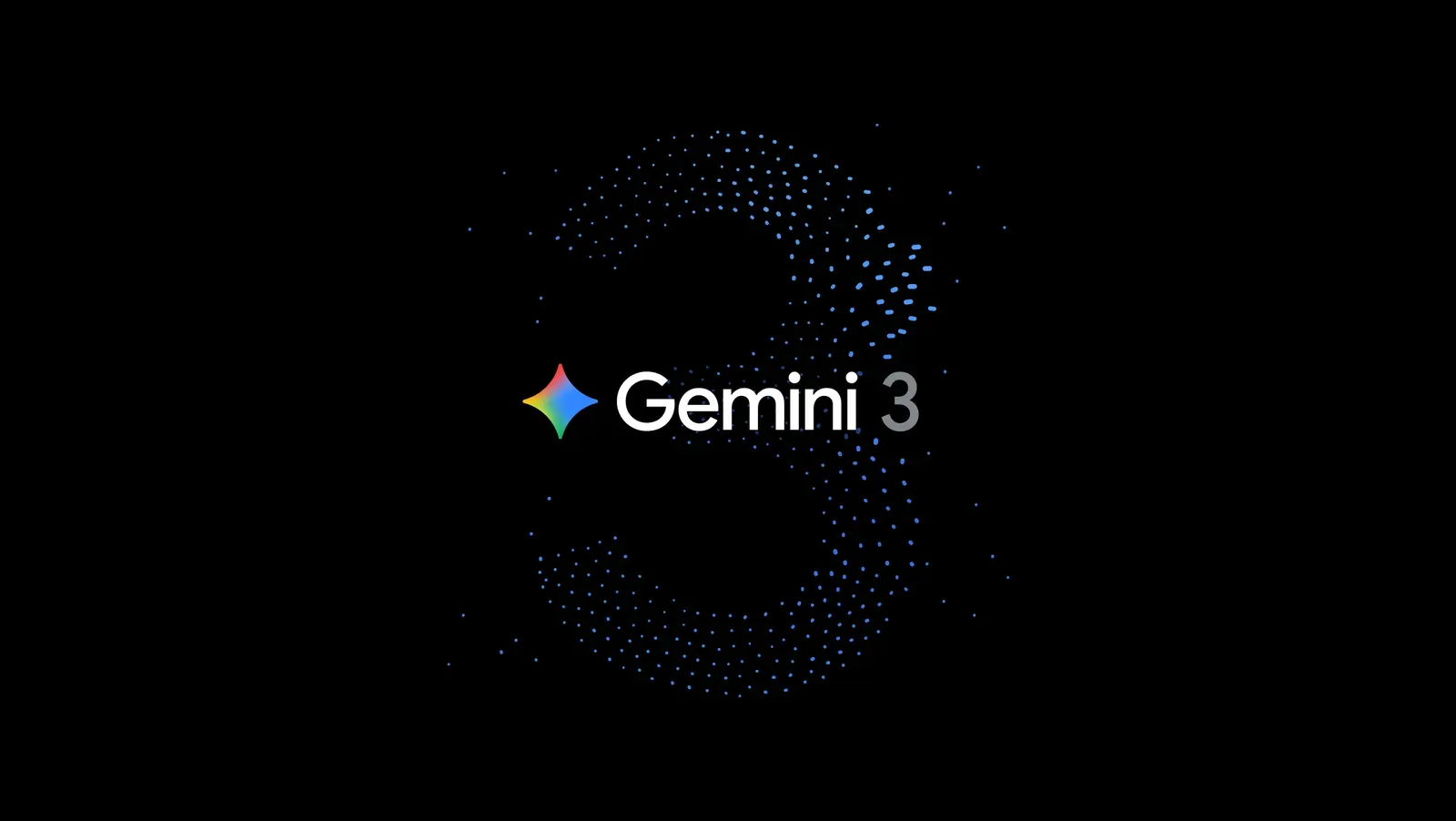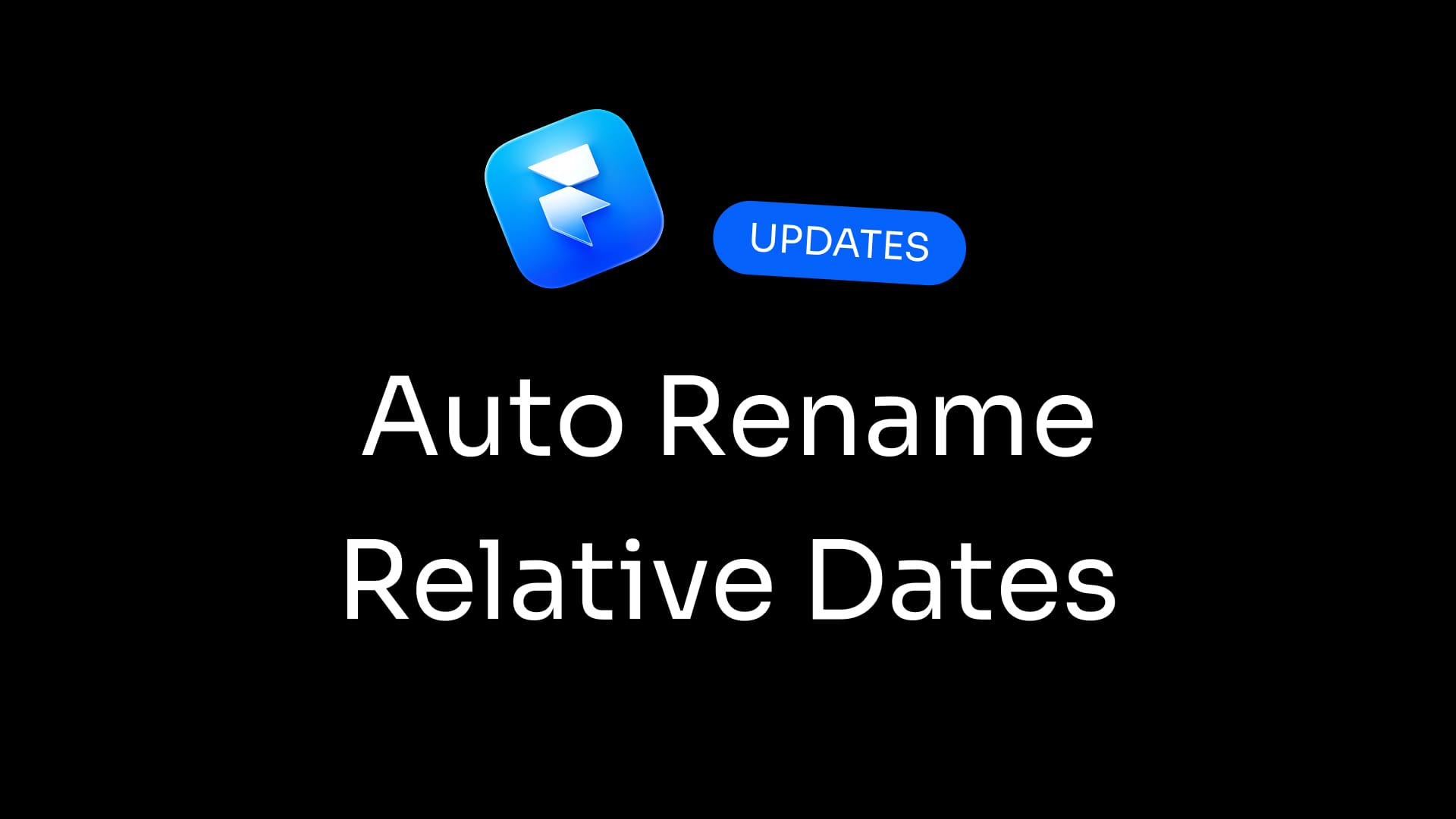Imagine you're scanning through a grocery list: milk, eggs, bread, DRAGON FRUIT, butter, coffee, sugar. Which item are you most likely to remember later? If you said "dragon fruit," you've just witnessed the Von Restorff Effect at work in your own mind.
What is the Von Restorff Effect?
The Von Restorff Effect, also known as the "isolation effect," is a cognitive bias that predicts that an item that stands out from its peers will be more likely to be remembered. Named after German psychiatrist and pediatrician Hedwig von Restorff, who first reported this effect in 1933, it explains why distinctive elements capture our attention and stick in our memory.
In UX design, this principle has profound implications for how we structure information hierarchies, design call-to-action buttons, highlight critical features, and guide users through complex interfaces.
The Psychology Behind It
Our brains are wired to filter out the mundane and focus on the novel. This is actually an evolutionary survival mechanism – our ancestors needed to quickly detect unusual changes in their environment that might signal danger or opportunity. Today, this same mechanism helps us navigate information-rich environments by prioritizing what's different or unexpected.
When an element differs significantly from its surroundings in terms of:
- Color
- Size
- Shape
- Position
- Motion
- Texture
- Sound (in digital interfaces)
...it creates what psychologists call "cognitive salience" – it becomes the focus of our attention and is encoded more deeply into our memory.
Practical Applications in UX Design
The Von Restorff Effect can be strategically applied across various aspects of user interface design:
1. Call-to-Action Buttons
The classic application is the contrasting CTA button. When Amazon uses that distinctive orange "Buy Now" button against their neutral interface, they're not just making a brand statement – they're leveraging the Von Restorff Effect to make the purchasing action unmissable.
2. Error Messages & Critical Information
When displaying error messages or critical information, distinctive formatting helps ensure users don't miss important notifications. Think of the red validation errors on forms or the yellow highlight on security warnings.
3. Onboarding & Feature Discovery
Highlighting new features with distinctive visual treatments helps users discover functionality they might otherwise miss. Techniques like spotlighting (darkening everything except the highlighted element) create extreme visual isolation to guide focus during onboarding.
4. Content Hierarchies
Breaking up long content with visually distinct headings, pull quotes, or infographics helps users scan and remember key information. News websites often use this technique to make certain stories stand out in a sea of headlines.
5. Navigation Elements
Making the current section in navigation visually distinct helps users maintain awareness of their location within a system – a critical aspect of usability that reduces cognitive load.
The Benefits: Why It Works
When properly applied, the Von Restorff Effect offers several advantages:
- Improved Recall: Users are more likely to remember distinctive elements, which is particularly valuable for branding and key messaging.
- Enhanced User Guidance: By strategically making certain elements stand out, designers can create intuitive visual pathways through complex interfaces.
- Reduced Cognitive Load: When critical elements are easily distinguishable, users expend less mental energy finding what they need.
- Increased Conversion Rates: Distinctive CTAs typically outperform their visually conforming counterparts in A/B tests.
- Better Error Recovery: When error states are clearly highlighted, users can more quickly understand and resolve issues.
The Pitfalls: When It Goes Wrong
However, like any powerful tool, the Von Restorff Effect can backfire when misapplied:
- Visual Noise: When too many elements are made "distinctive," none truly stand out. This is like highlighting an entire textbook – utterly pointless. As the old design saying goes, "When everything screams for attention, nothing is heard."
- Misplaced Emphasis: Making the wrong elements stand out can misdirect user attention away from what's truly important.
- Accessibility Concerns: Relying solely on color differentiation excludes users with color vision deficiencies. Always pair color with other distinguishing characteristics.
- Brand Inconsistency: Creating visual distinction sometimes tempts designers to break brand guidelines, leading to inconsistent experiences.
- Banner Blindness: Users have become adept at ignoring elements that look like advertisements, so distinctive elements that resemble ads may be automatically filtered out.
When to Use the Von Restorff Effect
The effect is most powerful when applied to:
- Primary actions that represent the main user flow
- Critical information that users must not miss
- New features you want users to discover
- Error states that require immediate attention
- Key conversion points in a sales or signup funnel
- Important warnings about irreversible actions
When NOT to Use the Von Restorff Effect
Avoid applying this effect when:
- The interface already has many competing elements
- The distinctive element isn't actually the most important
- It would violate established platform conventions users expect
- It could create accessibility barriers
- The differentiation would undermine brand consistency
- The design requires equal consideration of multiple options
Real-World Examples
The Good
Netflix's Play Button: Against the dark interface and thumbnail previews, the prominent white triangular play button creates unmistakable contrast that guides users to the primary action.
Google's Search Results: The blue, underlined links stand out from the surrounding black text, making it immediately clear which elements are clickable.
Apple's App Store Download Button: The blue "GET" button is visually isolated from the surrounding content, making the primary action unmistakable.
The Not-So-Good
Cluttered News Sites: Some news websites create so many "featured" articles with different colors, sizes, and treatments that the isolation effect is completely neutralized.
Overwhelming Dashboards: Analytics dashboards that highlight too many metrics simultaneously create visual noise that diminishes the impact of truly important data points.
Balancing Act: Harmony vs. Contrast
The true art in applying the Von Restorff Effect lies in finding the sweet spot between harmony and contrast. The distinctive element should stand out enough to be noticed but not so much that it feels disconnected from the overall design system.
Think of it like a jazz ensemble – you want the solo to stand out, but it still needs to be in the same key as the rest of the band. A good rule of thumb is to vary no more than two visual properties (such as color AND size) to create distinction while maintaining cohesion.
A Word on Ethical Application
With great power comes great responsibility (sorry for the cliché, but even Spider-Man understands good UX principles!). The Von Restorff Effect can be used to manipulate user attention in ways that may not serve their best interests. As designers, we should ask ourselves:
- Are we highlighting this element because it's genuinely important to the user?
- Or are we using this technique merely to drive business metrics at the user's expense?
Ethical application means using this effect to enhance usability and user success rather than to trick users into actions they might otherwise avoid.
Testing Your Implementation
How do you know if your application of the Von Restorff Effect is successful? Here are some testing approaches:
- Five-Second Tests: Show users the interface for just five seconds, then ask which elements they remember.
- Eye-Tracking Studies: Observe whether users' gaze patterns match your intended attention hierarchy.
- A/B Testing: Compare conversion rates between different levels of visual distinction.
- Memory Tests: Ask users to recall specific elements after using the interface. This relates to concepts like the Serial Position Effect.
Implementing the Von Restorff Effect: A Practical Checklist
When applying this principle to your designs, consider:
- Purpose: Is there a clear reason why this element should stand out?
- Hierarchy: Does the visual distinction match the actual importance hierarchy?
- Subtlety: Is the distinction noticeable without being jarring?
- Consistency: Is the technique applied consistently across similar elements?
- Accessibility: Does the distinction rely on more than just color?
Conclusion: Strategic Differentiation
The Von Restorff Effect isn't about making things "pop" (a request that makes designers cringe); it's about strategic differentiation in service of user goals. When thoughtfully applied, it creates interfaces that feel intuitive because they align with how our brains naturally process information.
Remember the grocery list from the beginning? The distinctive item wasn't just randomly different – it had a purpose. In the same way, our design choices should make elements stand out not just to be different, but because they deserve attention.
After all, in the immortal words that no UX designer has ever actually said: "Make it different, but make it matter." (Okay, I just made that up, but it sounds profound, doesn't it?)
Further Reading
For those looking to dive deeper into the Von Restorff Effect and related principles:
- "Laws of UX" by Jon Yablonski - Features the Von Restorff Effect alongside other key psychological principles for designers
- "Don't Make Me Think" by Steve Krug - Explores practical applications of visual hierarchy in web design
- "Universal Principles of Design" by William Lidwell, Kritina Holden, and Jill Butler - Provides a comprehensive overview of design principles including the isolation effect
- "Thinking, Fast and Slow" by Daniel Kahneman - Examines the cognitive biases that underlie principles like the Von Restorff Effect
- "Designing with the Mind in Mind" by Jeff Johnson - Connects cognitive psychology to practical interface design
Remember, the most memorable designs aren't just different – they're different with purpose. Now go forth and make something stand out... for all the right reasons.
















